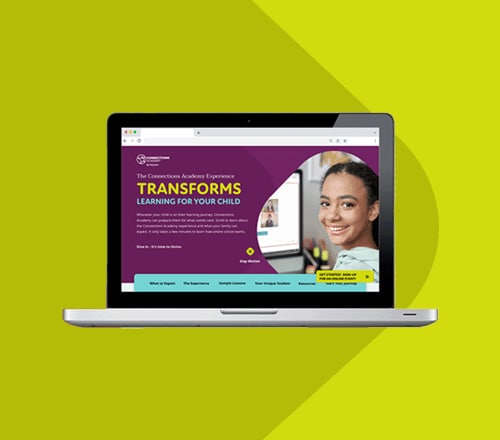How to Use Multiple Learning Theories for Online Students
byEmily Ewen
5 min to read
Educators and researchers are always looking for innovative ways to help improve student performance. As a result, the education field is crowded with various theories about learning, teaching, studying, and more. Two of the most popular learning theories are the Multiple Intelligences Theory and Learning Preferences Theory (previously known as Learning Styles Theory).
Although no single theory or philosophy can fit every situation and meet every need, these popular theories can help you set up your online school student to learn and study effectively.
The Multiple Intelligences Theory
The Multiple Intelligences Theory claims that people have eight independent ways of processing information, or “intelligences,” which are:
- Verbal–Linguistic (Word Smart)
- Logical–Mathematical (Logic Smart)
- Visual–Spatial (Picture Smart)
- Auditory–Musical (Music Smart)
- Bodily–Kinesthetic (Body Smart)
- Interpersonal (People Smart)
- Intrapersonal (Self Smart)
- Naturalistic (Nature Smart)
Today, each of the eight intelligences are thought of as abilities or strengths. The human brain is extremely complex and has the capacity for each type of “smart.” They can all work together.
How to Use Different Learning Theories
Applying Multiple Intelligences Theory in online learning involves helping your student build upon every one of their strengths. There are so many activities that help develop more than one ability at a time. For example, you can encourage your student to participate in creative learning activities such as:
- Taking photos for the online school yearbook to exercise visual–spatial skills
- Drawing a map to scale and exercise logic and visual–spatial smarts
- Spending a few minutes journaling about their best qualities to integrate word smarts and intrapersonal smarts

How to Use Different Learning Styles Theory
Students can draw on a combination of these modes depending on the situation and what works best for them.
Visual Learning Theory
Our brains are very efficient when it comes to processing visual information as it’s much easier to recall an image of something rather than remembering what you heard or read. This is why written outlines, handouts, or slides are common helpful tools for learning.
Some visual learning strategies include:
- Color coding and organizing notes after a lecture
- Making drawings or maps while studying
- Watching films or instructional videos
- Using photos, charts, or other images while teaching or learning
Auditory Learning
Hearing and reciting information, asking questions, and discussing are all examples of auditory learning. This is a slower-paced way of learning that may take more time as students talk things out and absorb information.
Some auditory learning strategies include:
- Listening back to recorded lessons
- Creating songs or mnemonic devices to memorize and recall information
- Teaching or explaining what you are trying to learn to someone else
Reading/Writing Learning
Reading/writing learning involves interacting with written material such as a textbook. This learning mode works best when a student is on their own, reading, taking notes, analyzing and summarizing.
Some reading/writing strategies include:
- Reading text and re-writing it in your own words
- Reading over handouts and summarizing them in writing
Kinesthetic Modality
Kinesthetic mode involves physical, hands-on learning experiences. This mode is primarily used for teaching and learning physical skills, but can also be incorporated into a regular study routine.
Some kinesthetic modality strategies include:
- Experimenting with materials such as in a science experiment
- Watching physical demonstrations
- Acting out a skit that summarizes lesson content
- Listening to a lesson or lecture while you walk
You can help your online school student study by applying the learning style that makes the most sense for the material. Help your child practice counting money by giving him or her real coins, which is a tactile/kinesthetic approach. To practice one-to-one correspondence with a budding reader, point to each word as you read it, which uses both auditory and visual skills. To learn geography, study a map, which is a visual task. For vocabulary growth at any age, read aloud regularly—which is an auditory and verbal–linguistic experience as well as great fun.
Whether labeled as styles or intelligences, none of these strengths are static or fixed. Students grow and improve in all types of learning as they mature. Ultimately, it’s important to frequently check for learning comprehension and adapt the instruction to fit both the student and the content.



